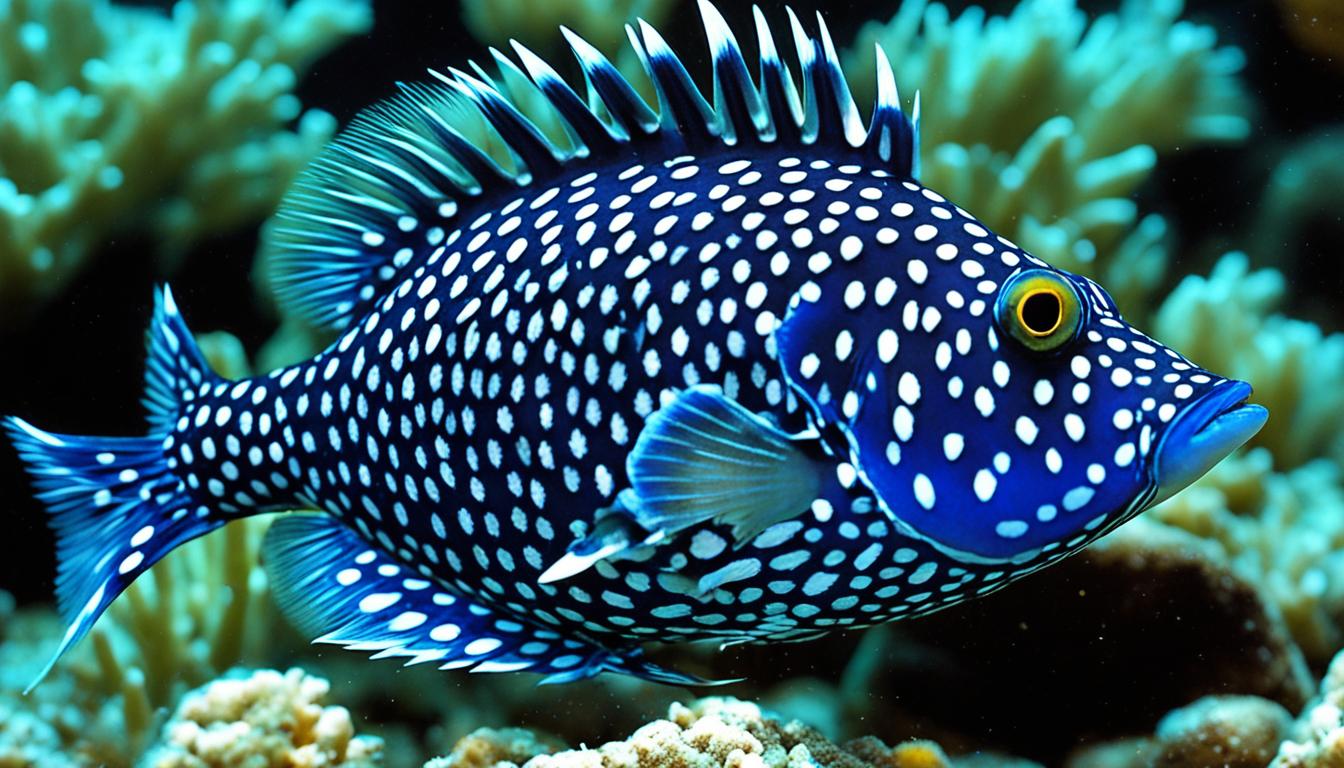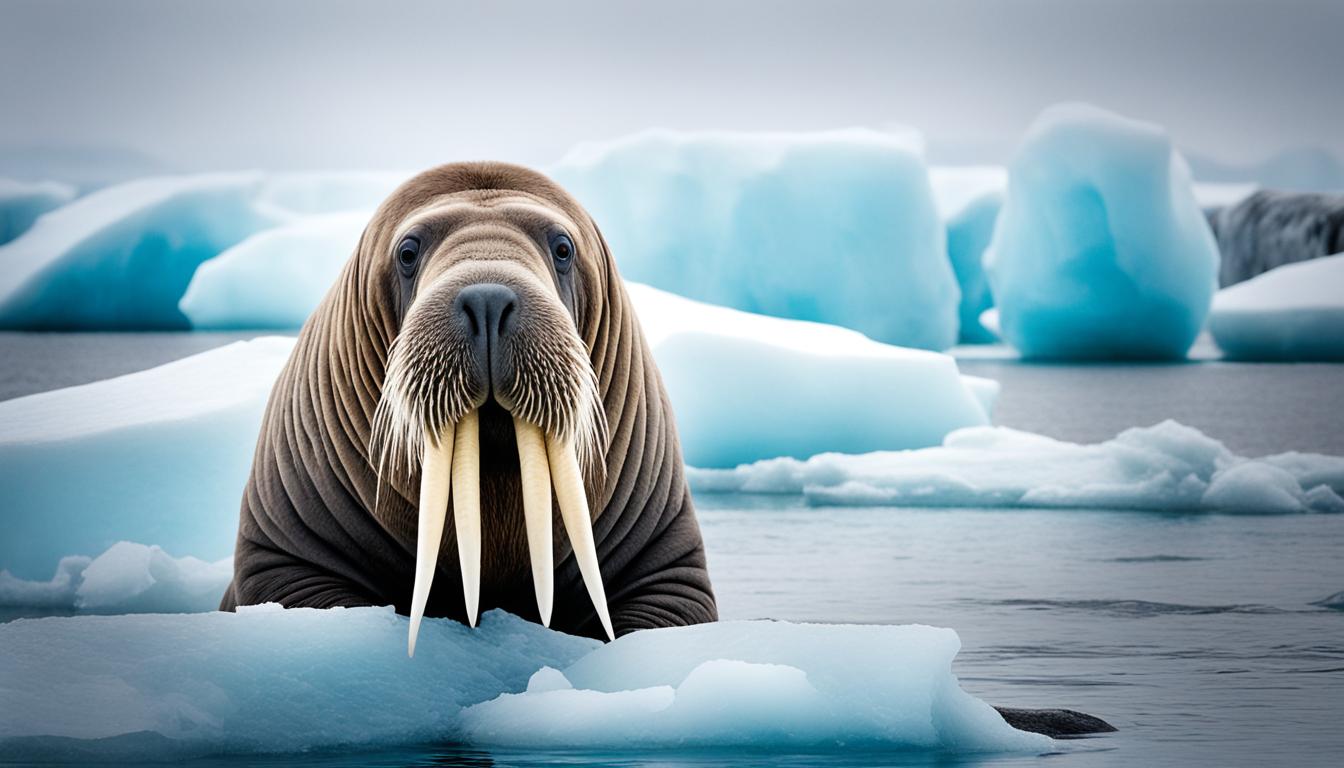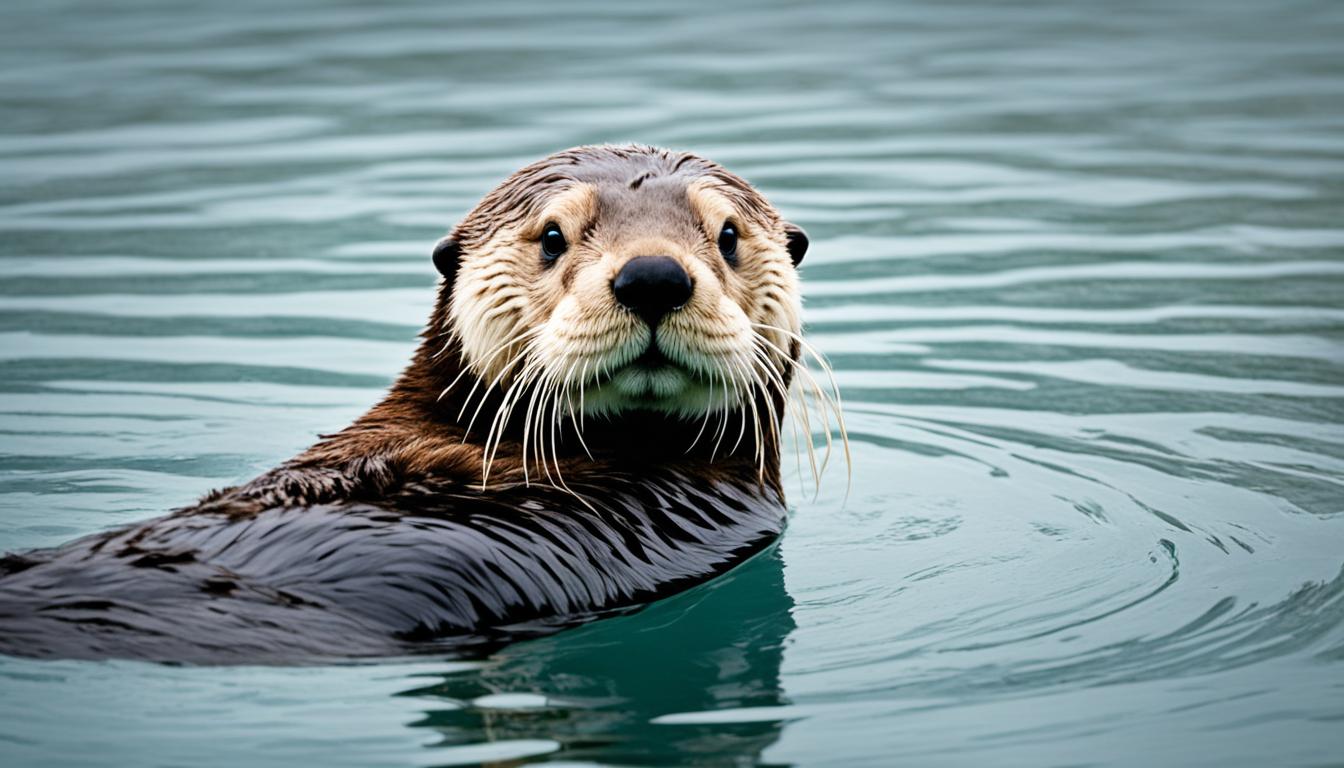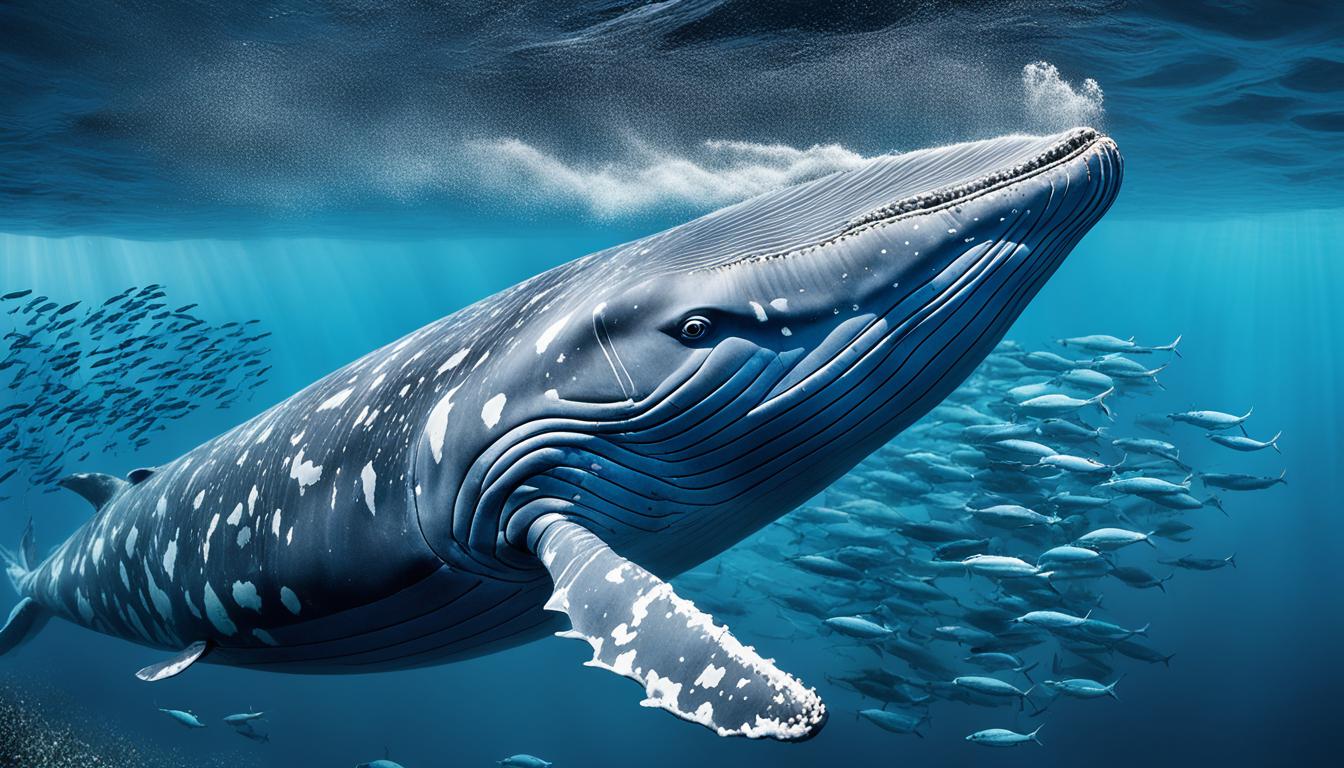Pufferfish, also known as Tetraodontidae, are fascinating sea creatures. They can puff up as a defense. You might ask, what are pufferfish? They do this by swallowing a lot of water or air, making them hard for predators to eat. With over 190 species found in warm waters around the world, it’s key to know about their types.
They are known for their round shape, but some look more like an elongated ball. Learning about pufferfish shows they don’t have scales and have rough skin. Some even have spines for extra safety. They eat mostly invertebrates and algae, showing how they are adapted to their diet.
Introduction to Pufferfish
Pufferfish are fascinating creatures that grab our attention with their unique traits and behaviors. They are known for their ability to inflate when threatened. This makes them several times bigger than usual. This defense mechanism keeps predators away and makes them mysterious.
Learning about their diet shows how important they are in the ocean. Pufferfish eat crustaceans and shellfish, using their special beak teeth to open hard shells. This shows they are skilled hunters in their home.
Their ability to inflate and their eating habits make them interesting to study. They are also toxic, which adds to their mystery. This makes them popular in marine biology and in stories.
- Inflation mechanism for self-defense
- Carnivorous diet comprising crustaceans and shellfish
- Unique beak-like teeth for cracking shells
- Considered toxic in many species
What are pufferfish?
Pufferfish, also called blowfish, are part of the Tetraodontidae family. They are interesting sea creatures. They can puff up their bodies as a defense, which helps them since they are slow movers.
These fish have a toxin called tetrodotoxin in their organs and skin. This toxin is very dangerous. Just one pufferfish can be deadly to many adults. So, it’s important for beginners to know about the dangers of pufferfish.
They live in saltwater, brackish, and freshwater. This shows how adaptable they are. But, many pufferfish are in danger due to destroyed habitats and pollution. We need to learn more and help protect them.
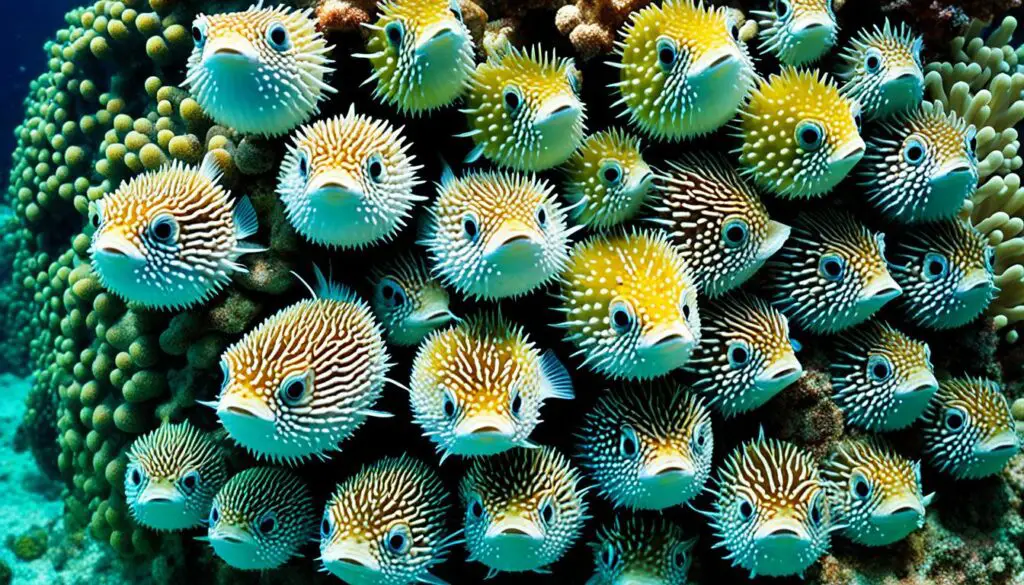
Physical Characteristics of Pufferfish
Pufferfish have many unique traits that set them apart in the ocean. These traits are key for those who love pufferfish or study them. The variety among pufferfish types is both interesting and important for science.
Size and Shape
Pufferfish come in all sizes, from the tiny 1-inch dwarf puffer to the big ones over 3 feet long. Their shapes vary too, from round to long. This size and shape variety helps them survive by making them hard to catch.
Skin and Spines
Pufferfish don’t have scales; their skin is rough and spine-covered. These spines make them less appealing to predators. Their skin and spines help protect them by being tough to eat and possibly toxic.
Types of Pufferfish
Pufferfish are fascinating creatures, with many types to explore. It’s important to know the differences between saltwater and freshwater pufferfish. This helps us understand their unique traits and roles in nature.
Saltwater Pufferfish Species
Saltwater pufferfish live in the ocean, mostly near coral reefs. They are often bigger and more colorful, making them popular pets. These fish have adapted to various ocean habitats and eat things like crabs and shrimp.
Freshwater Pufferfish Species
Freshwater pufferfish live in rivers and lakes. There are fewer than 30 types of these fish in freshwater. They are smaller and eat smaller animals and plants, fitting their freshwater homes.
| Type of Pufferfish | Habitat | Diet | Size |
|---|---|---|---|
| Saltwater Pufferfish | Marine, mostly coral reefs | Crabs, shrimp, mollusks | Larger, varies by species |
| Freshwater Pufferfish | Rivers, lakes | Small invertebrates, plants | Smaller, generally 2-6 inches |
Pufferfish Diet and Feeding Habits
Pufferfish are mainly meat-eaters, living on a diet of invertebrates. They love to eat crustaceans, clams, and mollusks in the wild. Their special beak-like teeth help them crack open the hard shells of these foods. Knowing what they eat is important for those who keep them as pets.
Keeping pufferfish well-fed is crucial to avoid dental problems. You should give them a mix of hard foods like frozen shrimp and clams. These foods help keep their teeth healthy and support their overall health. Watching them forage can be quite entertaining, showing off their unique eating habits.
Feeding your pufferfish can be fun and interactive. Many people enjoy feeding them by hand, which strengthens the bond between you and your pet. Pufferfish also like to chase live prey, making their meals exciting. By understanding their diet and eating habits, you meet their needs and make their life richer.

